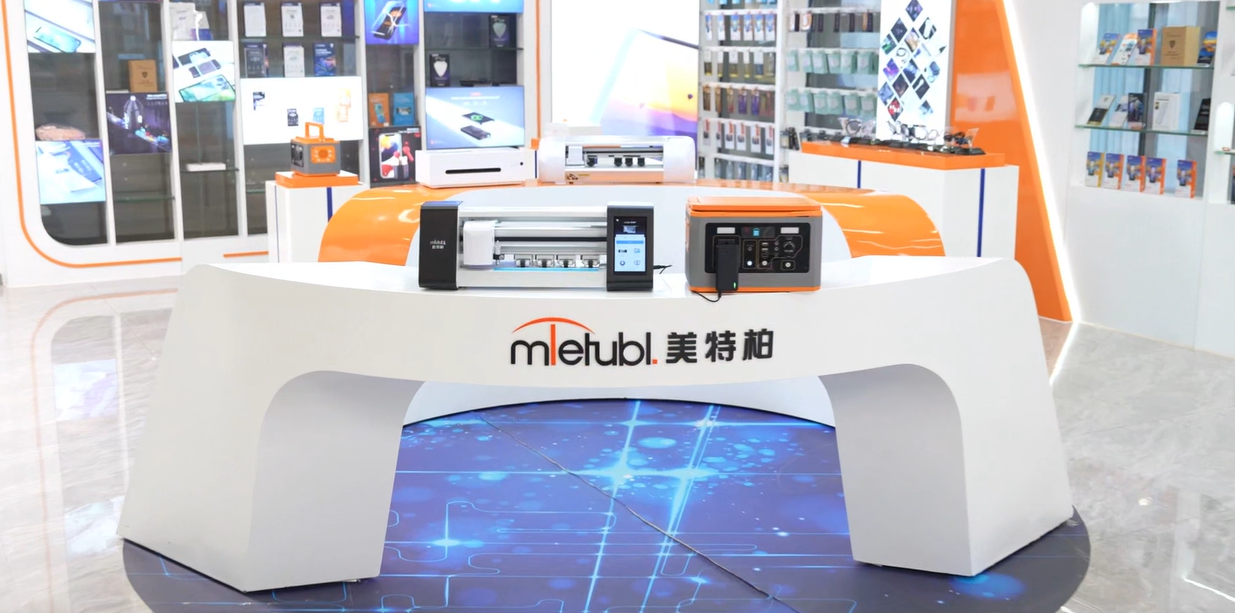
MIETUBL Brand Overview
MIETUBL is a brand originating from China and thriving through China’s intelligent manufacturing. It is committed to providing high-quality mobile accessories and related products to global consumers. Since its inception in 1998, the brand has followed the trends of the times, focusing on resource integration and building a symbiotic and shared industry ecosystem, enabling global consumers to conveniently access quality products that enhance their lives.
By continuously innovating and diversifying its product offerings, MIETUBL has achieved significant success in the mobile accessory industry. As a brand driven by customer value and innovation, MIETUBL has expanded into various product applications while accumulating rich industry experience and establishing a stable customer base. Headquartered in Zengcheng, Guangzhou, the company has strategically positioned itself within the mobile accessory industry, integrating high-quality production resources and aiming for a win-win business model.
Core Values and Development Vision:
-
Customer-Centric: MIETUBL always prioritizes customer needs, continually enhancing product quality and consumer experience through innovation and technological research and development.
-
Resource Integration and Industry Symbiosis: By integrating industry resources, MIETUBL creates a symbiotic, shared industry ecosystem, connecting global distributors and consumers, and promoting mutual growth across the value chain.
-
Global Vision: MIETUBL is committed to bringing Chinese manufacturing to the world, providing global consumers with high-quality, innovative mobile accessories, while offering profitable opportunities for distributors.
MIETUBL’s long-term vision is to continually enhance its products through innovation and quality, establishing “MIETUBL” as a globally trusted brand, recognized in markets around the world.
PRODUCTS
How Tempered Glass Protects Against Scratches and Cracks
The Science of Tempering: A Transformation Under Pressure
The secret to tempered glass's superior protective capabilities lies in its manufacturing process, a technique called thermal tempering. Ordinary glass is heated to an extremely high temperature—near its softening point—and then rapidly cooled. This rapid cooling process creates significant internal stresses within the glass. The outer surfaces cool and solidify first, while the inner core remains hotter and more pliable. As the core cools, it attempts to contract, but the already solidified outer layers resist this shrinkage. This creates a state of compression on the surface and tension in the core.
This internal stress is the key. It's akin to pre-stressing the glass, making it significantly stronger than annealed (regular) glass. When an external force, like a scratch or impact, is applied, the compressive forces on the surface resist the deformation. This resistance makes it much more difficult for the glass to crack or shatter.
Enhanced Scratch Resistance: A Microscopic Battle
Tempered glass boasts superior scratch resistance compared to its untreated counterpart. The compressive surface layer acts as a shield against minor abrasions. While a scratch might still occur on a tempered glass surface, the depth of penetration is significantly reduced compared to regular glass. The harder surface resists the penetration of most everyday objects like keys, coins, or even sand particles.
This enhanced scratch resistance comes from the inherent strength of the glass itself, combined with the compressive stress. While not completely scratch-proof, tempered glass's resilience significantly reduces the likelihood of visible damage from minor impacts or friction.
Crack Propagation Resistance: Shattering Safety
Even with substantial impacts, tempered glass demonstrates a remarkable ability to resist cracking. When an impact does overcome the compressive strength of the surface, the glass will not shatter into sharp, jagged pieces like annealed glass. Instead, it typically breaks into small, relatively harmless granular fragments, reducing the risk of serious injury. This is a crucial safety feature, especially in applications like smartphone screens and car windows.
This behavior is directly linked to the internal stresses within the glass. When a crack initiates, the compressive forces hinder its propagation. Instead of a single, spreading fracture, the stress causes the glass to break into numerous small pieces, preventing the formation of large, dangerous shards.
Applications Beyond Smartphones: A Versatile Protector
The remarkable properties of tempered glass extend beyond consumer electronics. It's widely used in various applications where strength and safety are paramount. Automotive windshields, oven doors, shower doors, and even some architectural glass structures benefit from the superior durability and safety provided by tempering.
Its versatility lies in the ability to tailor the thickness and compressive strength of the glass to meet the specific requirements of each application. This means tempered glass can offer protection across a broad spectrum of use cases, from the delicate screen of a smartphone to the robust panels of a high-rise building.
Conclusion: A Silent Guardian of Our Devices
Tempered glass stands as a testament to the ingenuity of material science. Through a controlled process of heating and cooling, ordinary glass is transformed into a remarkably resilient material that effectively protects our devices and ourselves from scratches and cracks. Understanding the underlying principles of tempering allows us to appreciate the silent guardian that ensures the longevity and safety of numerous everyday objects.
SUBSCRIBE
INQUIRY